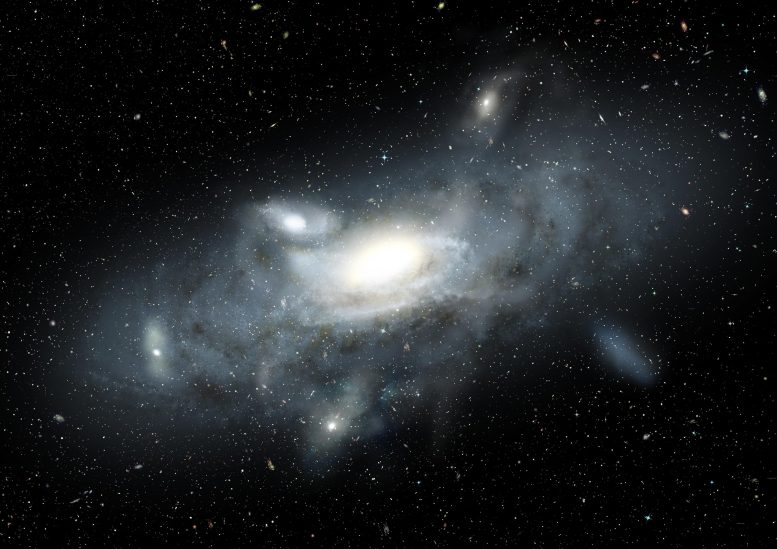
This image shows an artist’s impression of our Milky Way galaxy in its youth. Five small satellite galaxies, of various types and sizes, are in the process of being accreted into the Milky Way. These satellite galaxies also contribute globular star clusters to the larger galaxy. The Sparkler galaxy provides a snapshot of an infant Milky Way as it accretes mass over cosmic time. Credit: James Josephides, Swinburne University.
A galaxy has been discovered that mirrors the very early version of our home galaxy, the Milky Way. The galaxy, dubbed ‘The Sparkler’, is embedded in a system of globular clusters and satellite galaxies, and appears to be swallowing them as it grows. The research was published in Monthly Notices of the Royal Astronomical Society.
The discovery of The Sparkler was made using some of the first data from the James Webb Space Telescope. The Sparkler, named for its two dozen orbiting globular clusters, provides unique insight into the formation history of the Milky Way during its infancy. Globular clusters are dense collections of around a million stars. The Milky Way is currently host to around 200 globular clusters.
The Sparkler can be found in the constellation of Volans in the southern sky. The galaxy and its system of globular clusters have been detected at a redshift of 1.38, which implies that we are seeing the galaxy around 9 billion years ago, some 4 billion years after the Big Bang. The observations are made possible with the new JWST and the brightening effect of a gravitational lens, which is fortuitously aligned in front of the galaxy.
The research was led by Professor Duncan Forbes of Swinburne University in Australia and Professor Aaron Romanowsky of San Jose State University in the USA. They examined the age and metallicity distribution of a dozen of the compact star clusters surrounding the Sparkler to determine that they resemble younger versions of the clusters now around the Milky Way. Several have old formation ages and are metal-rich similar to those seen in the bulge of the Milky Way and so are likely to be globular clusters.
A couple of star clusters had intermediate ages and were metal-poor — these clusters are associated with the satellite galaxy that is being accreted onto the Sparkler galaxy; it appears to be swallowing up this satellite galaxy and its system of globular clusters, just like the Milky Way has done in the past.
Although the Sparkler is currently only 3% the mass of the Milky Way, it is expected to grow over cosmic time to match the Milky Way’s mass in the present-day universe. The team will need deeper imaging to detect more clusters and satellites around the Sparkler.
“We appear to be witnessing, first hand, the assembly of this galaxy as it builds up its mass – in the form of a dwarf galaxy and several globular clusters,” says Prof. Forbes. He adds, “We are excited by this unique opportunity to study both the formation of globular clusters, and an infant Milky Way, at a time when the Universe was only 1/3 of its present age.”
Co-author Professor Aaron Romanowsky comments, “The origin of globular clusters is a long-standing mystery, and we are thrilled that JWST can look back in time to see them in their youth.”
Reference: ” Reconstructing the genesis of a globular cluster system at a look-back time of 9.1 Gyr with the JWST” by Duncan A Forbes and Aaron J Romanowsky, 26 December 2022, Monthly Notices of the Royal Astronomical Society: Letters.
DOI: 10.1093/mnrasl/slac162

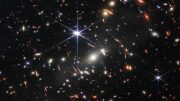
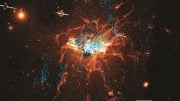

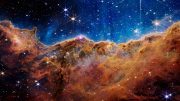
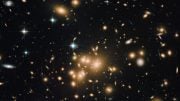
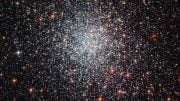
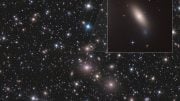
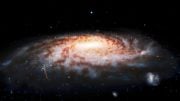
Be the first to comment on "“The Sparkler” – Astronomers Discover Distant Galaxy That Mirrors the Early Milky Way"